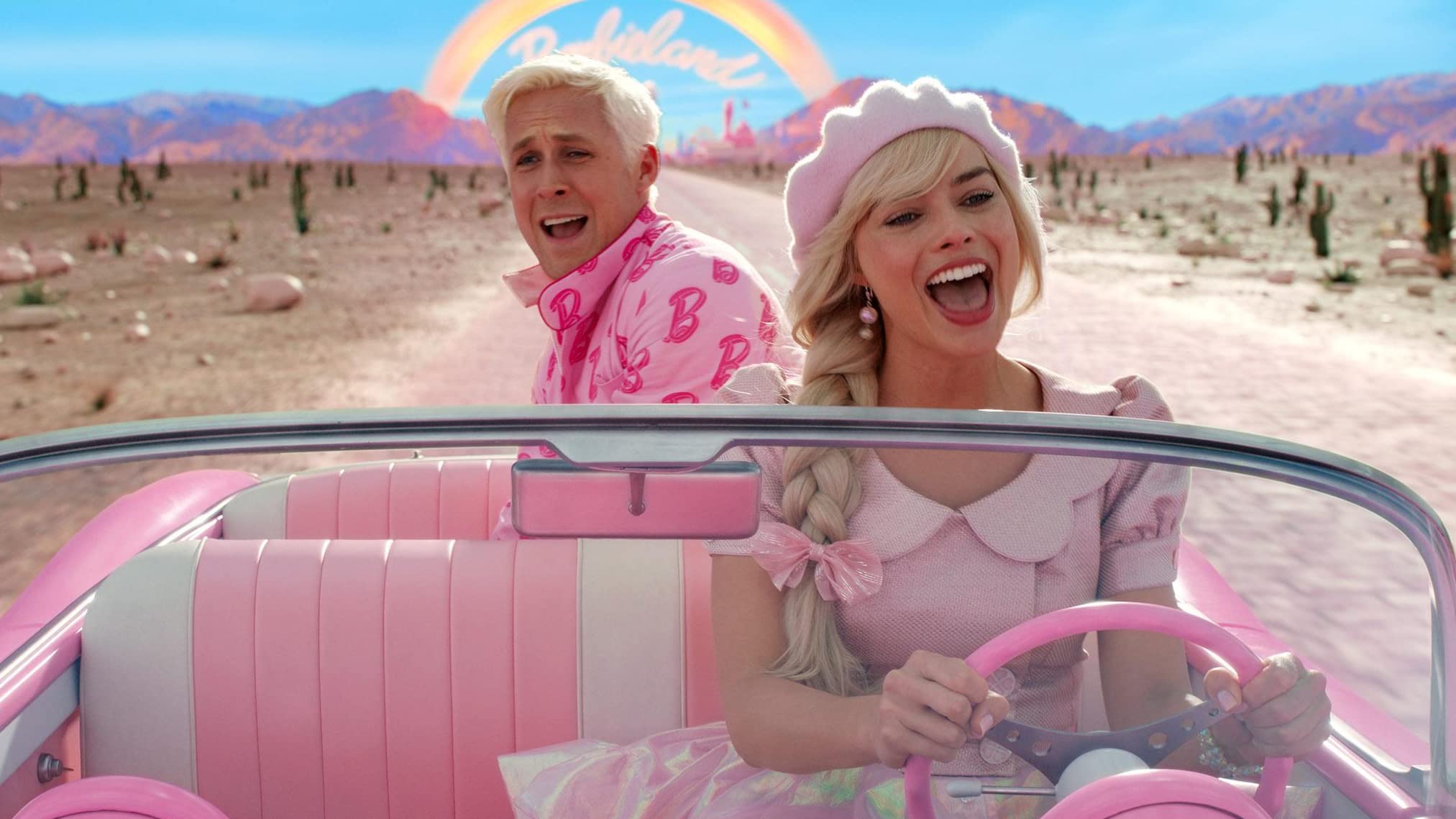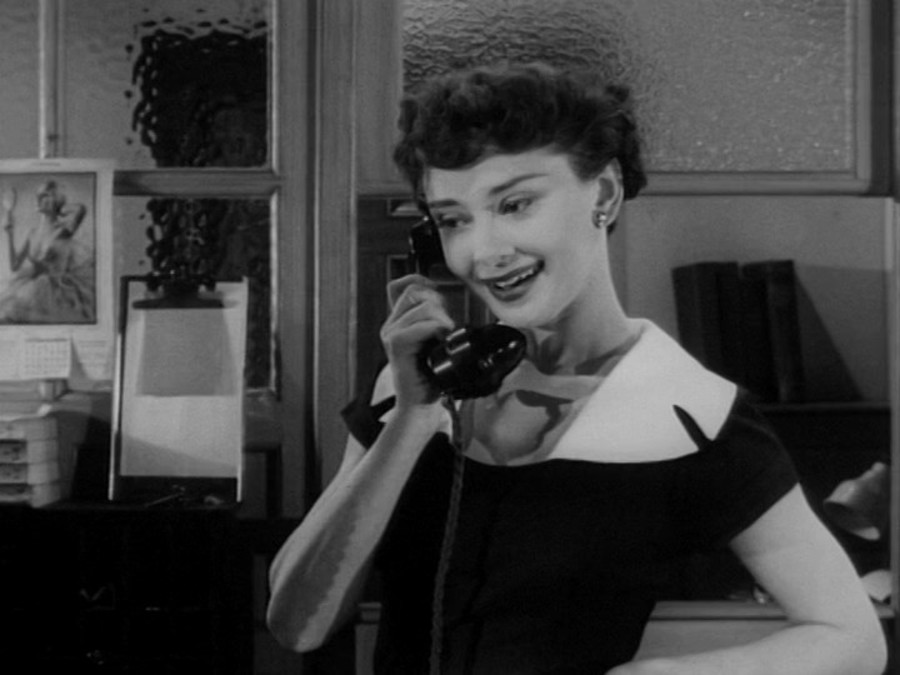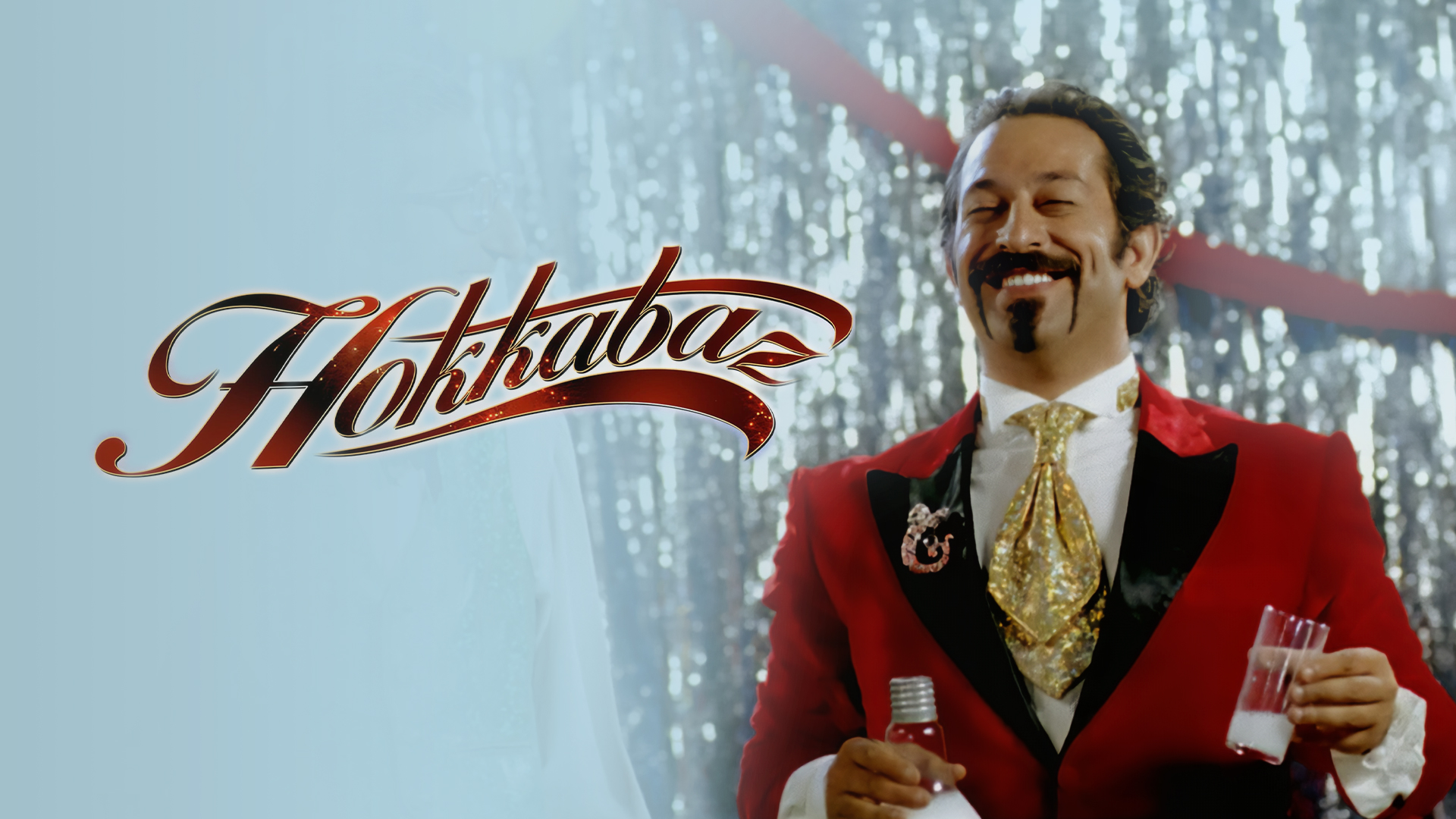mistressesanonymous.com – In 2023, a wave of curiosity and excitement enveloped the film industry with the announcement of Barbie, a fantasy comedy that brought the iconic doll to life in a completely new way. Directed by Greta Gerwig and starring Margot Robbie as the titular Barbie and Ryan Gosling as Ken, the film promised to be a blend of whimsy, satire, and heartfelt moments—a film that pushed the boundaries of the fantasy genre while exploring deep societal themes. It was a project that captured the imagination of audiences, offering both an eye-catching visual spectacle and a narrative rich in humor and meaning.
In this article, we’ll dive into the elements that make Barbie such a unique and compelling film, from its premise and character dynamics to the direction and the deeper themes it explores.
The Premise: A Playful, Surreal Journey
Barbie is a fantastical comedy that follows the iconic Barbie doll, who lives in a perfect, idealized world known as Barbieland. Everything in Barbieland is immaculately designed, and Barbie (played by Margot Robbie) is the epitome of beauty, grace, and perfection. However, Barbie soon faces a crisis of identity and self-worth, feeling increasingly out of place in her seemingly flawless world.
This existential question pushes Barbie to venture into the real world, accompanied by her ever-loyal companion, Ken (Ryan Gosling). In the real world, Barbie and Ken face the contrast between the superficial, plastic nature of Barbieland and the complexities, imperfections, and challenges of the human world. Their experiences become an exaggerated reflection of societal norms, the roles of women and men, and the expectations that both genders face. The comedic elements are drawn from the absurdity of Barbie’s search for meaning in a world that is very different from the one she’s used to.
The film combines elements of fantasy and humor, blending visually stunning dreamlike sequences with satirical commentary on real-world issues. With a mix of self-awareness and playful absurdity, Barbie is not only an entertaining ride but also a clever deconstruction of the mythology surrounding the iconic doll.
The Characters: Margot Robbie and Ryan Gosling Bring Barbie and Ken to Life
At the center of the film are the two beloved characters: Barbie and Ken, played by Margot Robbie and Ryan Gosling, respectively. The casting of these two actors was a masterstroke, as they bring their unique talents to create a dynamic and hilarious duo that is at once larger-than-life and emotionally grounded. Both actors perfectly embody the exaggerated yet endearing qualities of their characters while also adding depth and vulnerability to their performances.
Margot Robbie as Barbie: Perfectly Flawed
Margot Robbie’s portrayal of Barbie is a fascinating one. On the surface, Barbie is everything society has taught us to expect from an idealized female figure—beautiful, confident, and seemingly flawless. However, as the story progresses, Robbie deftly navigates the character’s internal conflict. Barbie begins to question her place in the world and grapples with the realization that her life is not as perfect as it seems.
Robbie’s performance strikes the perfect balance between comedic exaggeration and earnestness. She brings a refreshing vulnerability to the character, showing that even an icon like Barbie can experience doubt, confusion, and frustration. Barbie’s journey of self-discovery is portrayed with humor, making her an engaging and relatable character who evolves throughout the film.
Through Barbie’s journey, Robbie also brings attention to the societal pressures placed on women to conform to unrealistic standards. Barbie’s quest for meaning in the real world reflects broader themes of self-worth and identity, which makes the character feel more relevant than ever.
Ryan Gosling as Ken: The Epitome of Charm and Absurdity
Ryan Gosling’s portrayal of Ken is nothing short of comedic genius. Ken, often seen as the secondary figure to Barbie, is the perfect foil to her character. While Barbie is questioning her identity and place in the world, Ken is blissfully unaware of the complexities of existence. His portrayal is equal parts absurd and endearing, and Gosling’s comedic timing and charm bring the character to life in a way that is simultaneously hilarious and heartwarming.
Ken’s journey, much like Barbie’s, is rooted in self-discovery. He initially serves as a sidekick to Barbie, but as the story unfolds, Ken begins to wrestle with his own insecurities and his desire to be more than just a supporting character. His comedic antics are a key source of humor throughout the film, but Gosling ensures that Ken’s emotional growth is just as meaningful as Barbie’s.
Ken’s dynamic with Barbie is one of the film’s highlights. While Barbie is navigating her identity crisis, Ken’s relationship with her is an exaggerated reflection of the often skewed and stereotypical perceptions of romance and gender roles. Their interactions, sometimes hilarious and sometimes touching, explore the complexities of relationships in a satirical yet heartfelt way.
Greta Gerwig’s Direction: A Perfect Blend of Fantasy and Reality
Greta Gerwig, known for her works such as Lady Bird and Little Women, brings her distinctive vision and sensibilities to Barbie. As a director, Gerwig excels at blending the fantastical with the real, creating a narrative that is both whimsical and meaningful. Her approach to Barbie is one of subversion, taking a well-known cultural icon and deconstructing it while still honoring its legacy.
Gerwig uses Barbie’s journey to explore the pressures of perfection, identity, and societal roles. The film explores how Barbie’s world, initially idyllic and perfect, becomes increasingly disorienting as she ventures into the real world. This sense of displacement mirrors the experience many people face when confronted with the harsh realities of society, and Gerwig’s direction captures this balance between fantasy and existential crisis with finesse.
Visually, Gerwig creates a world that is visually striking, using vibrant colors and over-the-top set designs that evoke the fantastical nature of Barbieland. The contrast between the hyper-realism of Barbieland and the grounded nature of the real world adds depth to the film, highlighting the divide between idealized and actualized lives. Gerwig also doesn’t shy away from using humor to deliver serious social commentary, ensuring that the film is accessible and entertaining while still providing meaningful reflections on identity, gender, and societal expectations.
Themes Explored: Identity, Perfection, and Gender Roles
Barbie explores numerous themes, most notably identity, perfection, and the roles that society assigns to women and men. These themes are woven into the narrative, adding layers of depth to the comedy and fantasy elements of the film.
Identity and Self-Discovery
At its core, Barbie is about identity. Barbie’s journey is one of self-discovery, as she grapples with the realization that the world she lives in is not as perfect as it seems. In Barbieland, Barbie is the epitome of perfection, but as she ventures into the real world, she faces the harsh truth that perfection is a construct. Her journey of self-acceptance and understanding is a reflection of the broader human experience, especially for those who feel pressured by societal expectations to conform to a certain image or ideal.
The film touches on the importance of questioning who we are and why we feel the need to conform to certain standards. Barbie’s search for purpose is ultimately about finding her own identity and embracing her flaws rather than striving for an unattainable perfection.
Perfection and the Consequences of the Idealized Image
The theme of perfection is central to the film, as Barbie, in many ways, embodies the idealized image of beauty and success. Barbie humorously explores the absurdity of this perfection, showing how the pursuit of an ideal can lead to confusion and self-doubt. Through Barbie’s journey, the film asks important questions about the role of societal norms in shaping individual lives and how the pressure to conform can be damaging.
The film is a critique of unrealistic beauty standards and the way in which people, especially women, are expected to embody an unattainable version of perfection. As Barbie navigates her identity crisis, the film underscores the need for authenticity and self-acceptance, making a pointed statement about the dangers of trying to fit into a mold that isn’t meant for everyone.
Gender Roles and Expectations
Another key theme in Barbie is gender roles. The film plays with and subverts traditional expectations of femininity and masculinity. Barbie, as a woman, faces societal pressures to be perfect, while Ken, as the male counterpart, is often relegated to a secondary role. The film highlights how these gender roles are limiting and harmful, and both Barbie and Ken experience moments of self-discovery that challenge traditional ideas of gender and relationships.
Through humor and absurdity, Barbie examines how gender roles are constructed and how they shape the way we perceive ourselves and others. By turning these stereotypes on their head, the film invites the audience to reflect on the ways in which society imposes rigid expectations and how breaking free from these expectations can lead to personal growth and liberation.
Conclusion: A Whimsical, Thought-Provoking Adventure
Barbie is a fantasy comedy that defies expectations, combining humor, social commentary, and a heartfelt exploration of identity and gender. Directed by Greta Gerwig, with standout performances by Margot Robbie and Ryan Gosling, the film takes a beloved cultural icon and deconstructs it, offering a fresh and thought-provoking perspective on beauty, perfection, and the complexities of identity.
Through its colorful world and whimsical tone, Barbie delivers a story that is both entertaining and meaningful, making it a standout in the realm of fantasy comedies. It’s a film that balances satire with emotional depth, exploring the pressures of societal expectations while celebrating individuality and self-acceptance. At its heart, Barbie is a celebration of personal growth, the freedom to be imperfect, and the power of discovering who we truly are.



